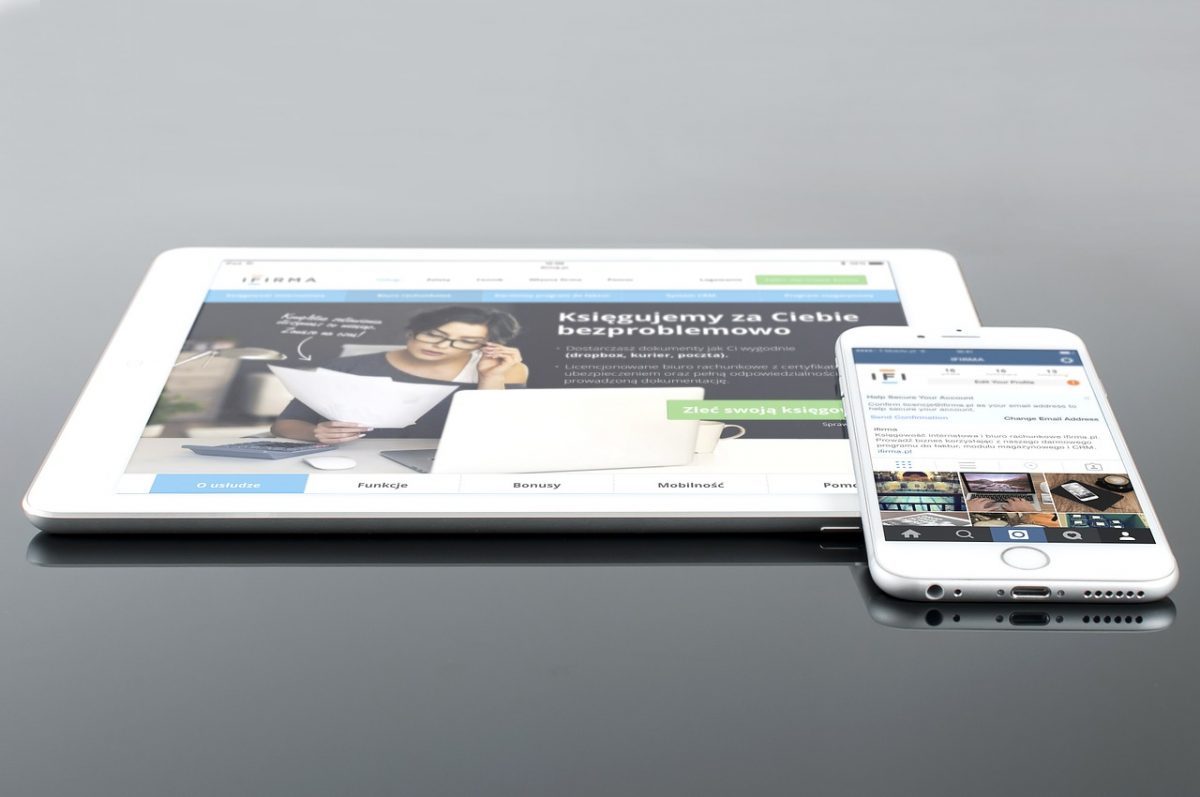3 Tips for Increasing Mobile Commerce Sales by Taz Lake. Available from <http://multichannelmerchant.com/ecommerce/3-tips-for-increasing-mobile-commerce-sales-21112016/> [Nov 21, 2016 3:54 PM]
With the continued growth of the handheld device market, mobile commerce continues its rapid rise. Many millennials use their smartphones as their primary internet connection, and mobile internet traffic actually surpassed desktop traffic in 2015. This increase is traffic has also led to a rapid increase in mobile sales. A recent BI Intelligence report states that mobile commerce will represent a $79 billion market in 2016, and will make up 45% of all ecommerce by 2020.
The mobile market is clearly growing by leaps and bounds. With over half of all internet traffic coming from mobile devices, what are some of the tips for maximizing mobile commerce opportunities? As someone who has evaluated thousands of websites, I would like to share the following trends and advice:
Mobile Apps Are Not Always Necessary
Many retailers feel that they always need a mobile app to maximize mobile sales. That simply is not true. Today’s mobile devices and browsers have advanced to the point where they can handle most of the functions of the top mobile applications. For example, with the right equipment, location information can now be captured through a browser. A mobile app is only needed if the incremental spend is justified by a business case.
The key is to treat your website like a product with mobile as a feature. You should dedicate programming resources to it and update it frequently to continually improve commerce opportunities. It is also very important to review your website periodically for errors and bugs. These would ideally be caught before production, but website owners often focus on adding new functionality to their sites, but never clean them up. Websites can easily get bloated this way.
Size Matters
Mobile connections are typically not as fast as wired desktop connections. Therefore, if a website becomes very large and there is no alternative mobile version, you run the risk of losing mobile traffic. It’s great to have a feature-rich desktop version of the site, but it is important to turn some of these features off on the mobile site. You don’t want to block or delay customers from the main call to action which is to buy your products.
For example, I recently read an article on how Nordstrom added some advanced 3D virtual reality features to their website. Shoppers could use this technology to create 3D models of dresses and preview them in a virtual environment. This feature was a great from a functional perspective, but it was so complex it slowed the site down to the point where it was actually impacting conversions and had to be taken down.
Navigation Is Key
Navigation is one of the biggest challenges in mobile website design because there are so many different products and so little room to properly display them. Navigation control and design is one of the main reasons many of the largest retailers develop mobile apps.
When you build a website, there are ways to enable and disable features on mobile devices based on what’s called a “user agent”. This technology can tell what type of device and browser you are using, and then the web application tunes certain site features to make the user experience more appealing.
For example, let’s say your desktop website has a fairly complex “megamenu” – a menu that presents sub-menus when the user rolls over specific words or icons. This feature is not going to work on a mobile device. If you have this feature, you will need to ensure an alternative mobile navigation gets people to where they need to go while still preserving some level of interactivity.
Also, many retail websites provide cross-selling opportunities on certain product pages. This works well on a desktop browser, but screen real estate is limited on mobile devices. Let people focus on each product and give them the ability to add to cart easily if they choose. Your customers will appreciate not having to scroll through all of this extra information, as well as the faster, uncluttered mobile experience.
Whether this is their first foray into ecommerce or they are considering a retail website redesign, most small and mid-sized retailers should build their websites with mobile first in mind. Mobile technology is the present and the future of e-commerce. More and more consumers are choosing to do their online shopping away from their desks, and the mobile commerce market will doubtlessly continue its rapid growth. Building a feature-rich, yet lean mobile commerce experience is a wonderful starting point for a desktop website.
3 Tips for Increasing Mobile Commerce Sales by Taz Lake. Available from <http://multichannelmerchant.com/ecommerce/3-tips-for-increasing-mobile-commerce-sales-21112016/> [Nov 21, 2016 3:54 PM]



